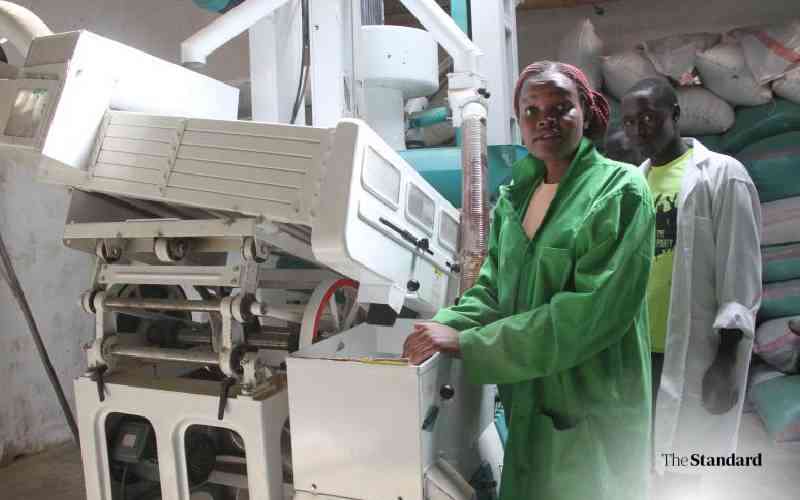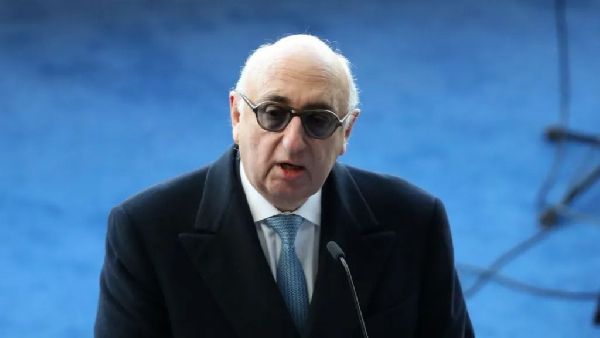PM Gati Shakti cuts India's logistics costs by 5% of GDP: NCAER
India’s logistics costs have dropped to 7.8–8.9 per cent of GDP from earlier estimates of 13–14 per cent, reflecting the impact of the PM Gati Shakti Master Plan, according to a study by the National Council of Applied Economic Research (NCAER).

India’s logistics costs have come down to between of GDP, significantly lower than previously assumed figures of , according to studies carried out by the National Council of Applied Economic Research (NCAER). The drop reflects the success of the for infrastructure development, as per a report titled Gati Se Pragati, released on Thursday.
However, the country’s logistics costs remain above global benchmarks of seen in developed economies. This positions India favourably for achieving world-class logistics efficiency through coordinated infrastructure development. Simultaneously, India’s improvement in the World Bank’s Logistics Performance Index—from 44th to 38th in 2023—indicates positive momentum, though the report states substantial scope remains for further advancement.
The is India’s most ambitious infrastructure coordination initiative, fundamentally reshaping the nation’s approach to connectivity and economic development. The report reveals that while the programme has established robust institutional frameworks and achieved initial coordination successes, substantial opportunities remain to accelerate India’s economic transformation through targeted interventions across its seven infrastructure engines.
The represents a holistic approach encompassing , each contributing distinct value to India’s connectivity ecosystem.
The programme’s targets are ambitious: expanding , increasing , establishing , and achieving comprehensive .
These targets align with India’s broader economic objectives while addressing critical infrastructure bottlenecks that have historically constrained growth. However, significant implementation challenges persist across all seven engines, including , , , and between central and state agencies.
The analysis reveals that while the institutional framework exists, translating coordination mechanisms into accelerated project delivery requires enhanced focus on , , and .
The economic impact assessment demonstrates substantial from infrastructure investments, with each rupee invested generating between economic output, depending on the infrastructure type. Roads and railways exhibit the highest multipliers, while emerging sectors like present significant untapped potential.
The extend beyond direct economic impact, encompassing , , , and enhanced for citizens. Strategic interventions identified for optimal Gati Shakti implementation include establishing , creating , enhancing private sector participation through innovative models, and strengthening capacity-building initiatives across implementing agencies, the report stated.
The success of PM Gati Shakti ultimately depends on sustained political commitment, adequate resource allocation, and continuous adaptation of coordination mechanisms to emerging challenges and opportunities, the report added.
- Published On Jul 4, 2025 at 05:05 PM IST







